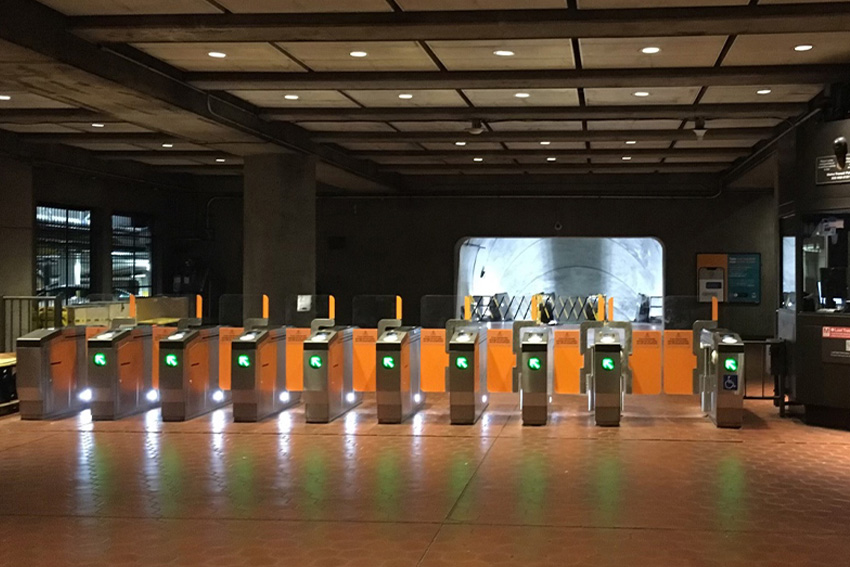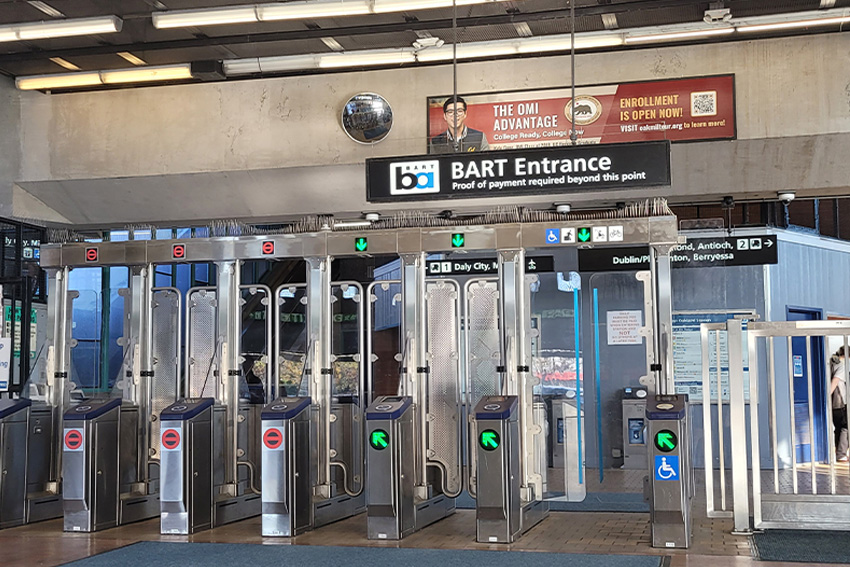STraffic, South Korea’s innovators are bringing traffic and transport into the 21st century with decades of experience in one of the world’s most technologically advanced transport markets.

Effective traffic control is a cornerstone of modern urban life. Yet, the challenge of fare evasion remains a persistent issue for transportation authorities worldwide, straining resources and hindering efficiency. In major U.S. cities like New York and Chicago, fare evasion has skyrocketed in the wake of Covid, and has become a heavy financial burden due to lost revenue and increased enforcement costs. Addressing fare evasion, safety and traffic flow requires innovation, and few companies are better equipped than South Korea’s STraffic, which are leaders in innovative traffic flow.
Led by CEO Chan Jong Moon, the company has made significant strides in both domestic and international markets and has earned a reputation for transport innovation. Mr. Moon describes Korea as a land of opportunity for SMEs looking to go global and STraffic has leveraged that environment to grow rapidly since they spun off from Samsung in 2013. “Companies that have experienced this pace of development, like ours, are well-positioned to succeed internationally,” he says.
STraffic’s experience in Korea, which has been a world leader in adopting advanced traffic control technology, has positioned STraffic to be a market leader in providing solutions to the burgeoning sector. “With one of the world’s most sophisticated transportation systems, Korea often attracts attention from companies and countries wanting to learn from our model,” Mr. Moon says.

Caption: 82% drop in fare evasion in the Metrorail system, Washington D.C., USA
STraffic is developing tagless gate technology for subway stations in Korea, utilizing UWB (Ultra Wide Band) technology, which is based on proximity—requiring users to be in 30 centimeters of the gate to pass through. Mr. Moon says they completed trials in four subway stations this year and plan to expand to several more in Seoul next year. “The inconvenience of physically tagging a device multiple times to pay is something we want to eliminate.” He explains that the idea came to them during the Covid-19 pandemic, when they constantly had to sterilize everything. “It became clear that a tagless system would be much more efficient and hygienic.”
Another success was the implementation of the Automated Fare Collection System (AFC) in Washington. The AFC allows for a variety of e-payment methods like contactless cards, mobile wallets and QR codes to enhance efficiency.
As a South Korean company, STraffic has leveraged the innovative transport environment and pioneered numerous advancements. Whilst many European systems rely on slow GSM-R technology, Korea moved to faster, more efficient technology. “Korea was the first country to adopt this high-speed communication for railways, and our company led this implementation of 4G and LTE-R technology,” Mr. Moon says.
One of STraffic's notable achievements is its role in transforming Korea's toll collection system. From manual tolling in the 1980s to the high-speed, automated Multi-Lane Free-Flow (MLFF) system introduced in 2016, the company's innovations have set a global benchmark. "Korea's toll system evolution is unique on a global scale, and we have been deeply involved at every stage," Mr. Moon explains. Currently, it is investing in Global Navigation Satellite System (GNSS), the next step of MLFF, which uses satellite data to calculate tolls. “With the GNSS system, there is no need for physical toll gates, instead, vehicles are charged based on the distance they travel, using GPS data.”

Caption: STraffic’s Fare Gate at West Oakland, San Francisco, USA
Looking forward, STraffic is poised for growth in both developed and developing markets. In developed regions like Europe and the U.S., the focus is on upgrading existing systems, while in developing countries, the company sees opportunities to implement modern, efficient transportation solutions. "Korea serves as a prime example, having demonstrated successful solutions for both types of markets," Mr. Moon explains.
STraffic's vision for the future is encapsulated in its ambitious goal: Vision 2025. "We aim to supply our products to every country in the world," Moon declared. This vision is backed by ongoing investments in research and development, particularly in areas like Mobility as a Service (MaaS) and GNSS-based toll systems. As the world grapples with the complexities of modern urban mobility, STraffic stands ready to lead the way.
Discover the article on Newsweek.com/STraffic
0 COMMENTS